
Last week, Apple named some of the third-party apps that will be available for its spatial computing platform. No Google productivity or entertainment services were explicitly mentioned for Vision Pro. For the latter, we got “Disney+, Max, and other services,” while Microsoft 365 and Slack were the big work names.
For developers, the simplest option is letting their existing iPadOS app run on Vision Pro. Almost every Google iOS app has an iPad layout that would be sufficient for the headset. However, it would be a shame if YouTube didn’t lean into the new form factor given the entertainment use cases, as well as existing collection of 360 degree and first-person POV content.
YouTube and YouTube TV are available on Apple TV, while YouTube VR does exist for Meta Quest devices:
Somewhat related to entertainment is Google Photos for viewing memories. Photos and videos always look best on big screens and a floating window/slideshow could be enough for Vision Pro, but Apple Photos will have the ability to make “panoramas wrap around you — making you feel like you’re standing right where you took them.” There will also be the spatial video advantage made possible by the on-device cameras and the iPhone 15 Pro.
Then there are the productivity use cases. From Docs/Sheets/Slides to Meet and Chat, the full Google Workspace suite is available on the iPad. Google has been making great strides to make the Android tablet experience for these apps more like the web clients over the past year. Unfortunately, that has not translated to iPadOS apps and the web might offer a better experience. Meanwhile, in terms of video calling, Apple named Zoom, Cisco Webex, and Microsoft Teams as third-party apps that would support Vision Pro’s authentic spatial representation (Personas) feature.
On that note, will Google make Chrome available on Vision Pro? The key thing there would be letting users in the Google ecosystem access their bookmarks and open pages from other signed-in devices in the headset instead of having them rely on Safari or the macOS virtual screen integration. While Chrome for iPhone has long had a UI that’s different to the Android phone counterpart, Chrome on iPad is pretty identical to the web and Android tablet versions.
On the more fun, game-like side of things is Google Earth. In the early days, Google Earth VR was a popular experience on the Oculus Rift and SteamVR. (In the modern era, Google Maps offers Immersive View.) That should absolutely make a comeback as an optimized experience for Vision Pro.
The elephant in the room is that Google is working on its own competing Android XR platform with Samsung. It makes sense for Google to be prioritizing first-party app development before natively supporting another platform. Hopefully, some of the principles will carry over — in the way that Google apps on Android and iOS are near-identical layout-wise — but it’s relatively early days for spatial computing/XR design.
Google allowing its iPad apps to run on Vision Pro would be a start, but native support would be so much better since it has several big services that would really benefit from spatial computing/XR.
FTC: We use income earning auto affiliate links. More.
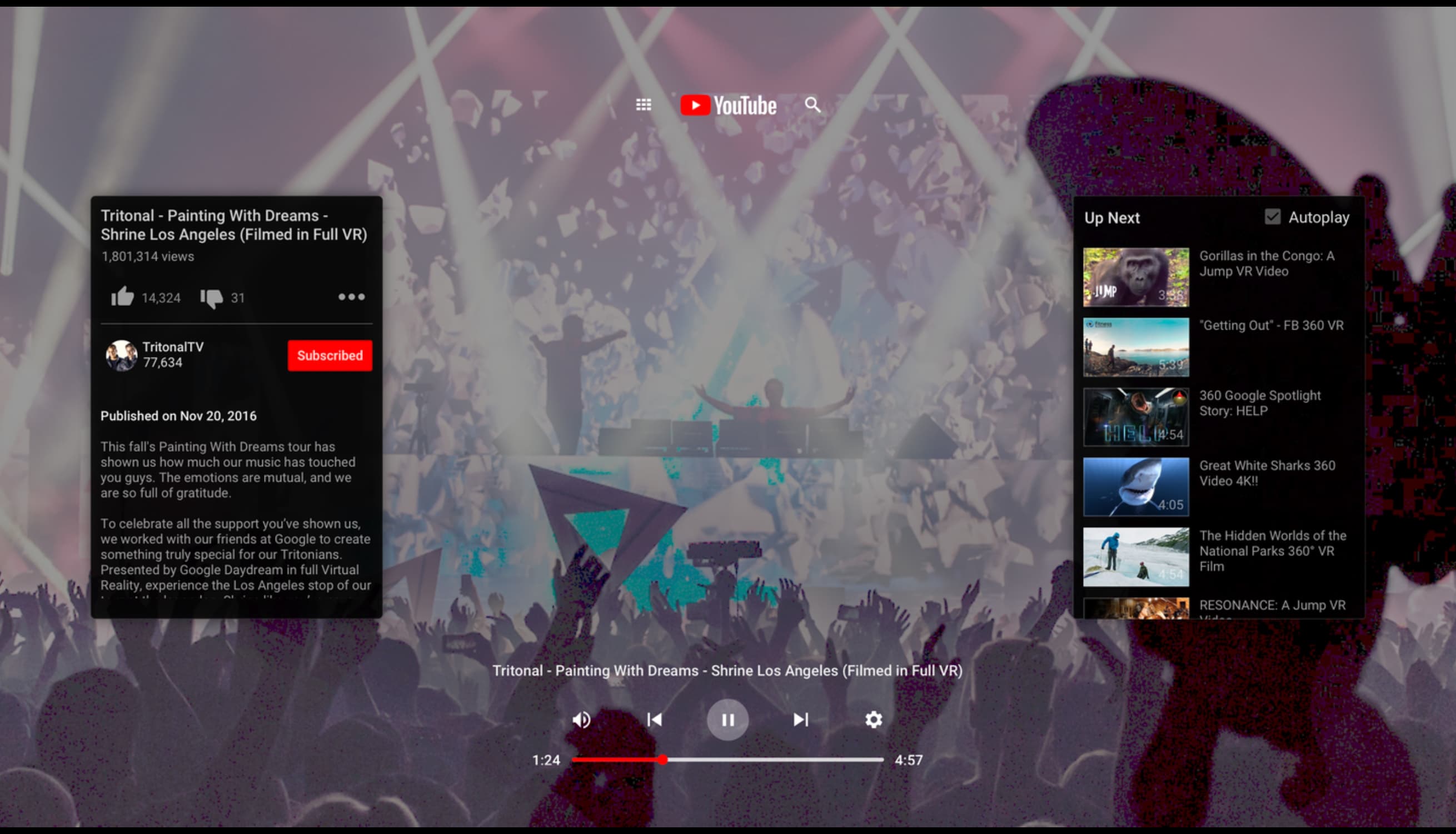
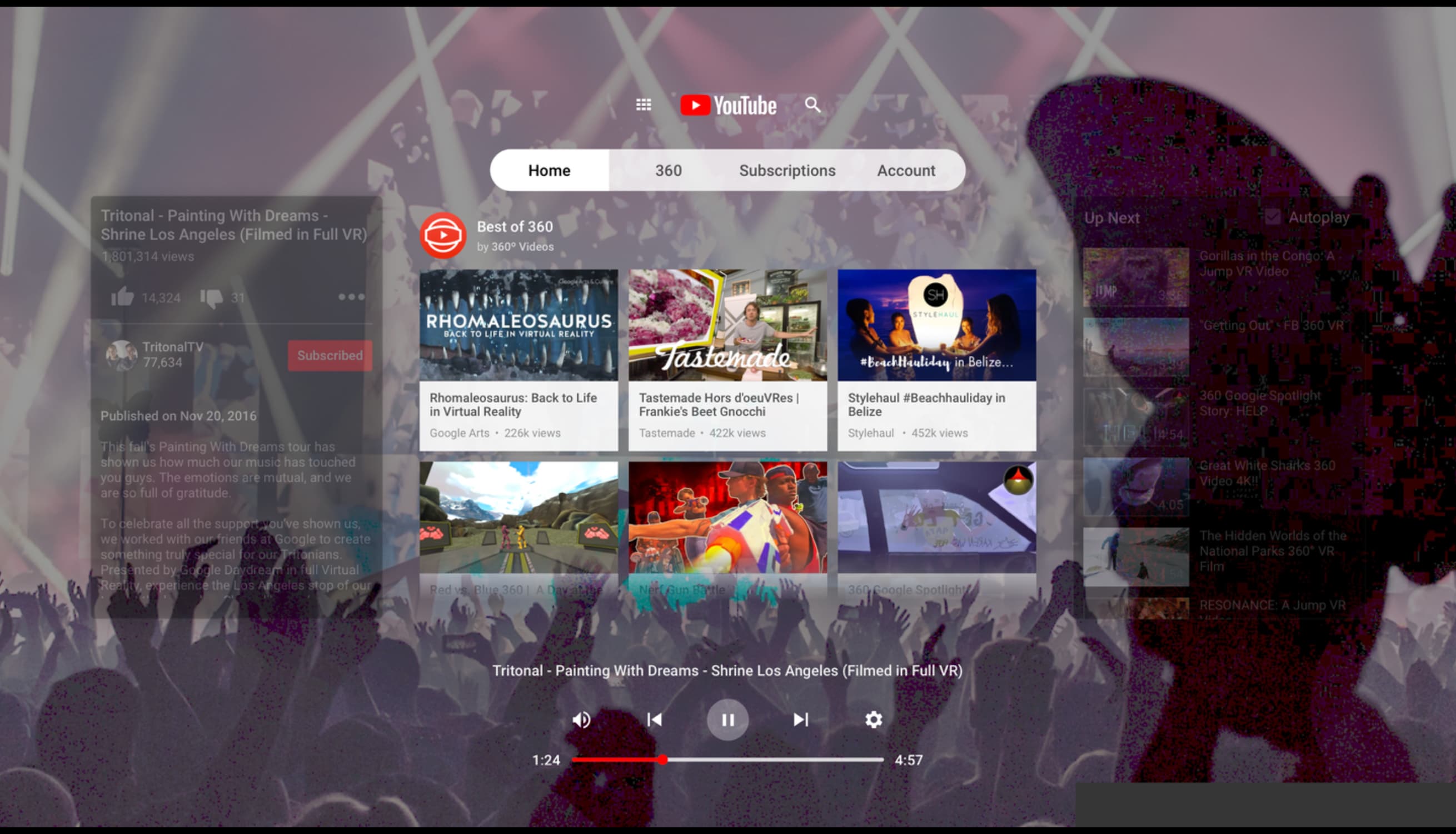
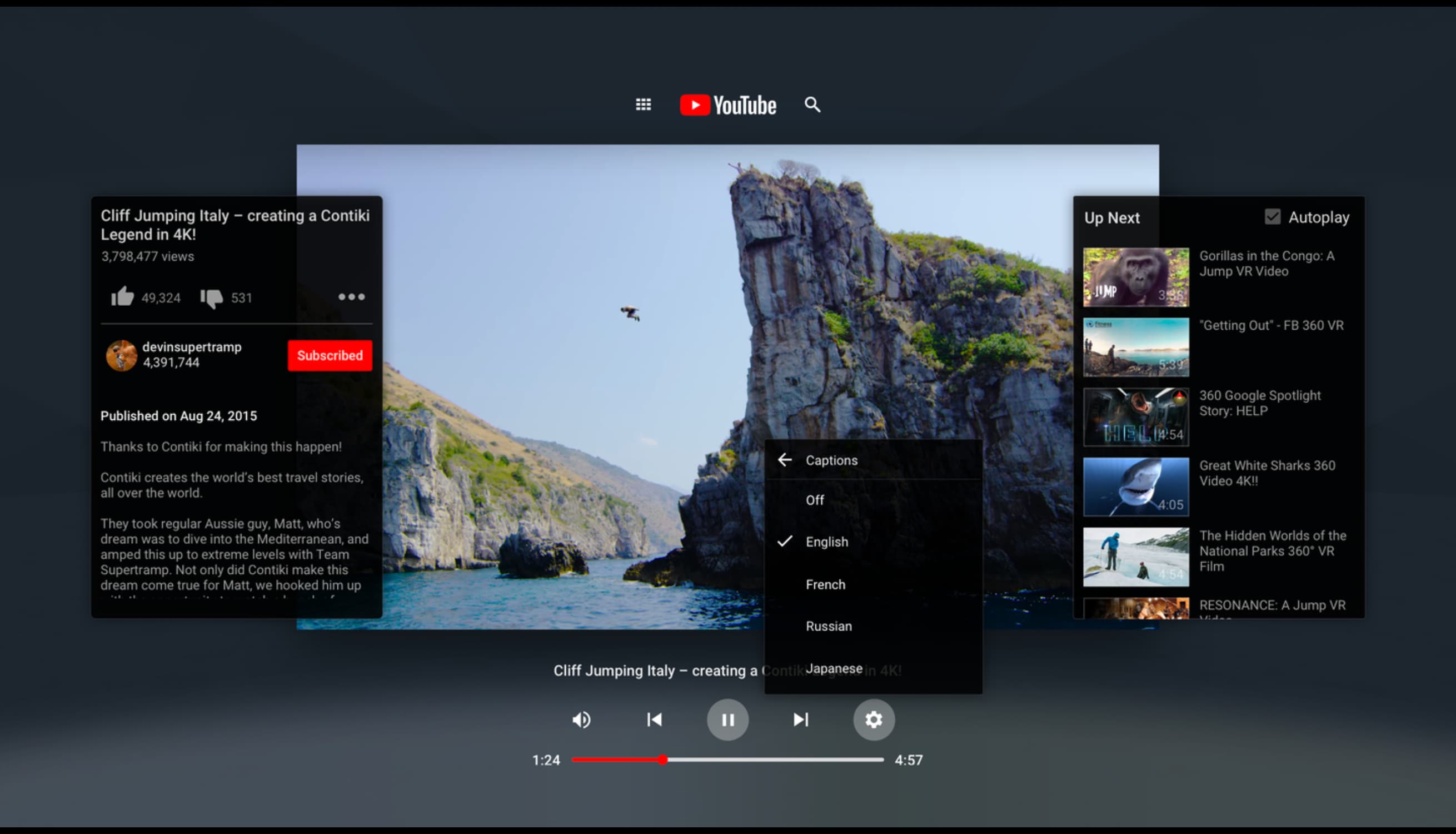
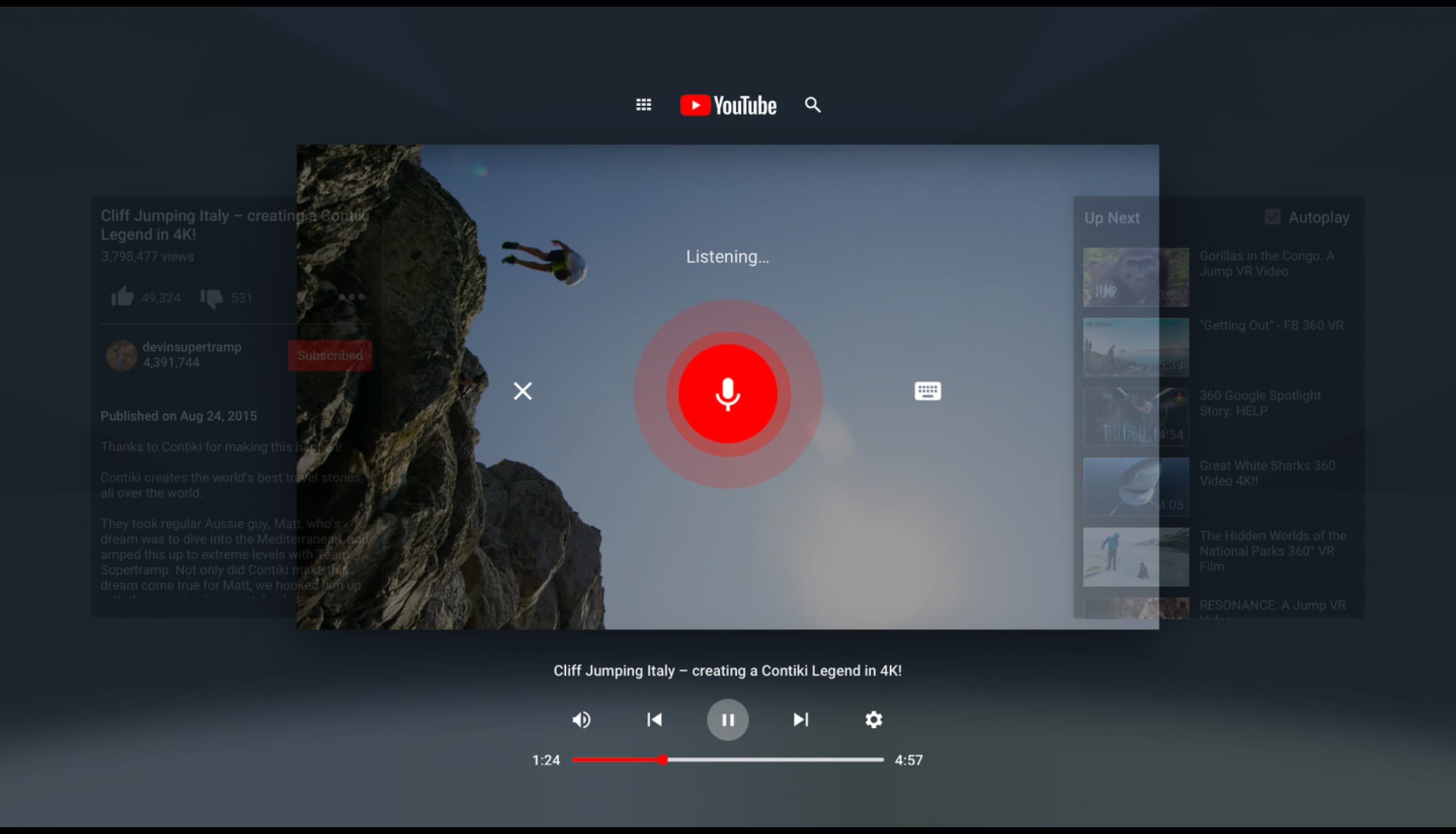
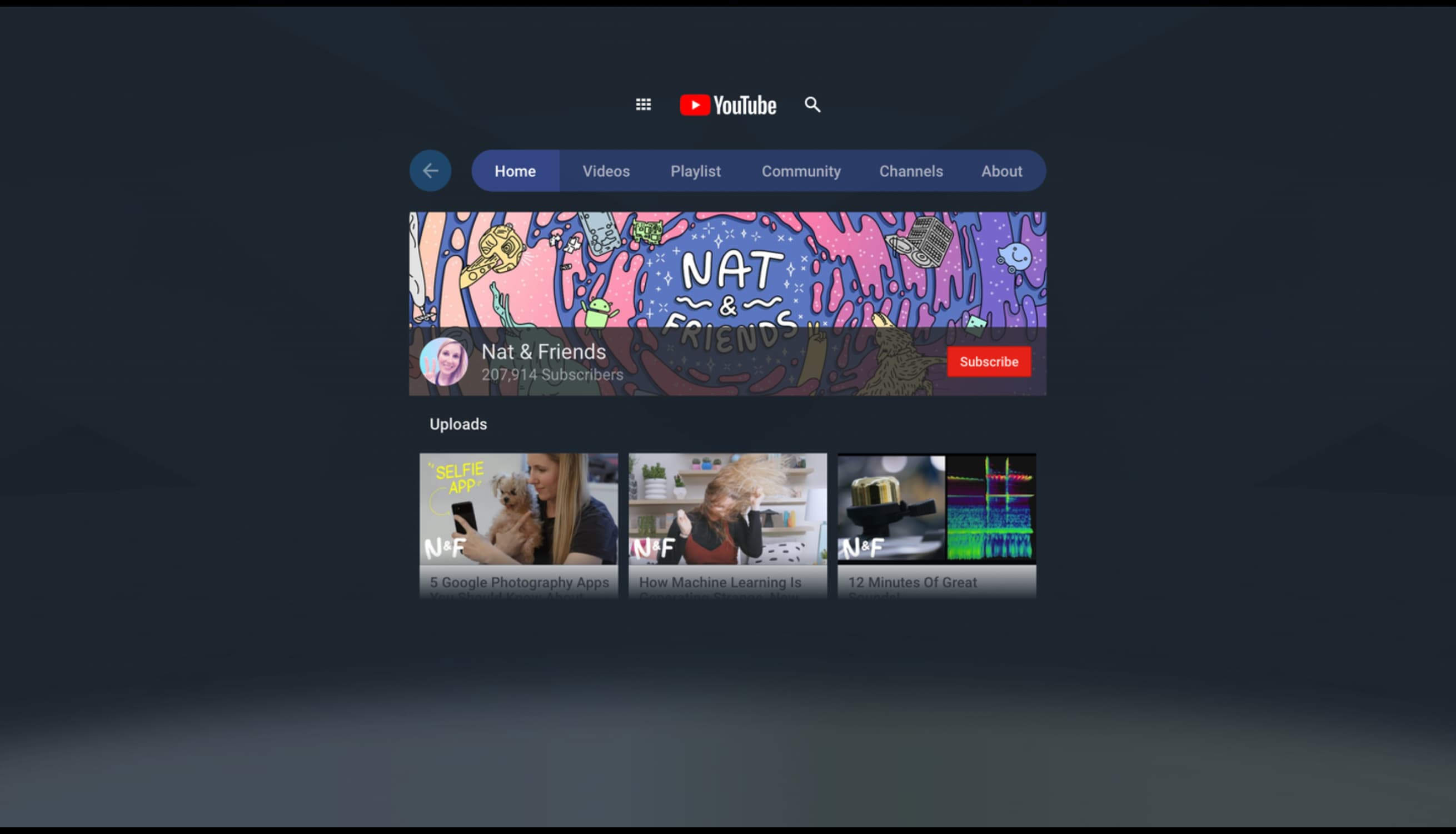
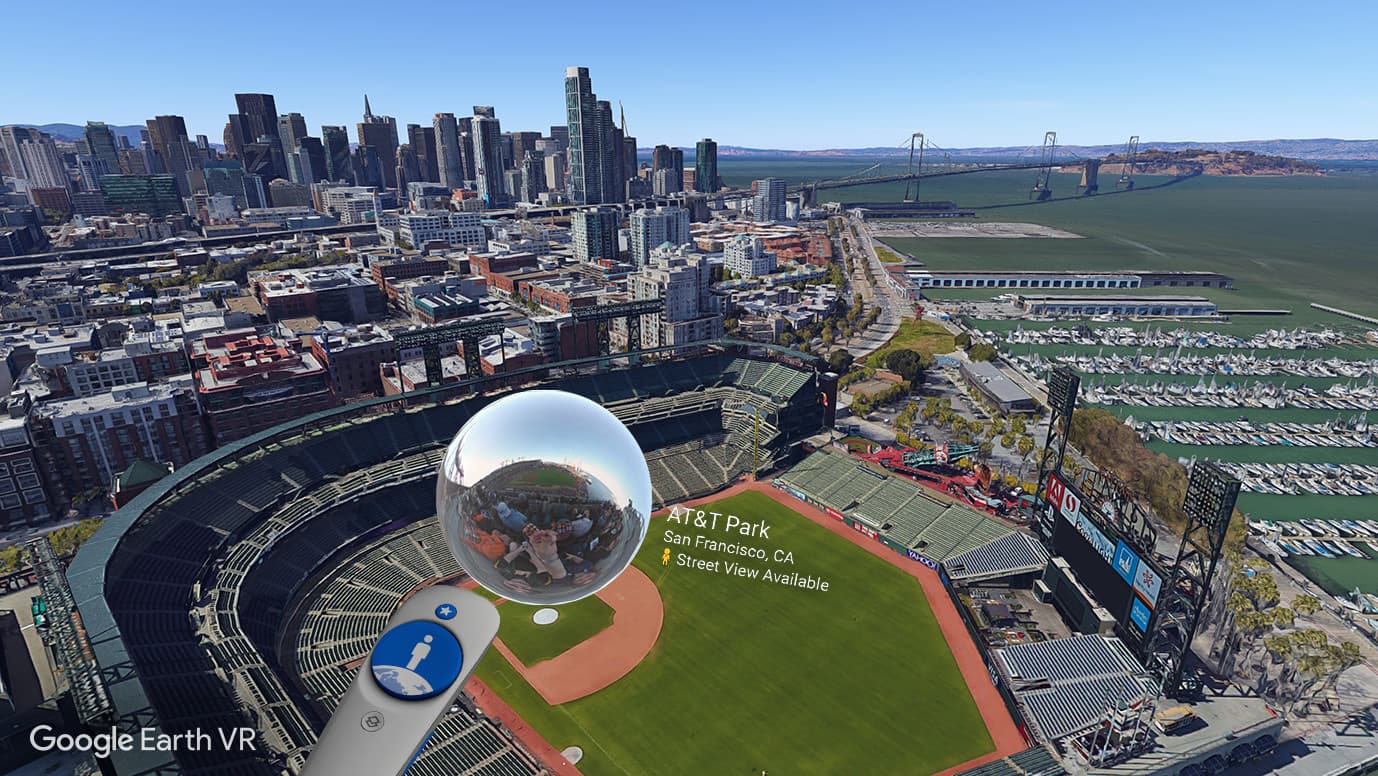
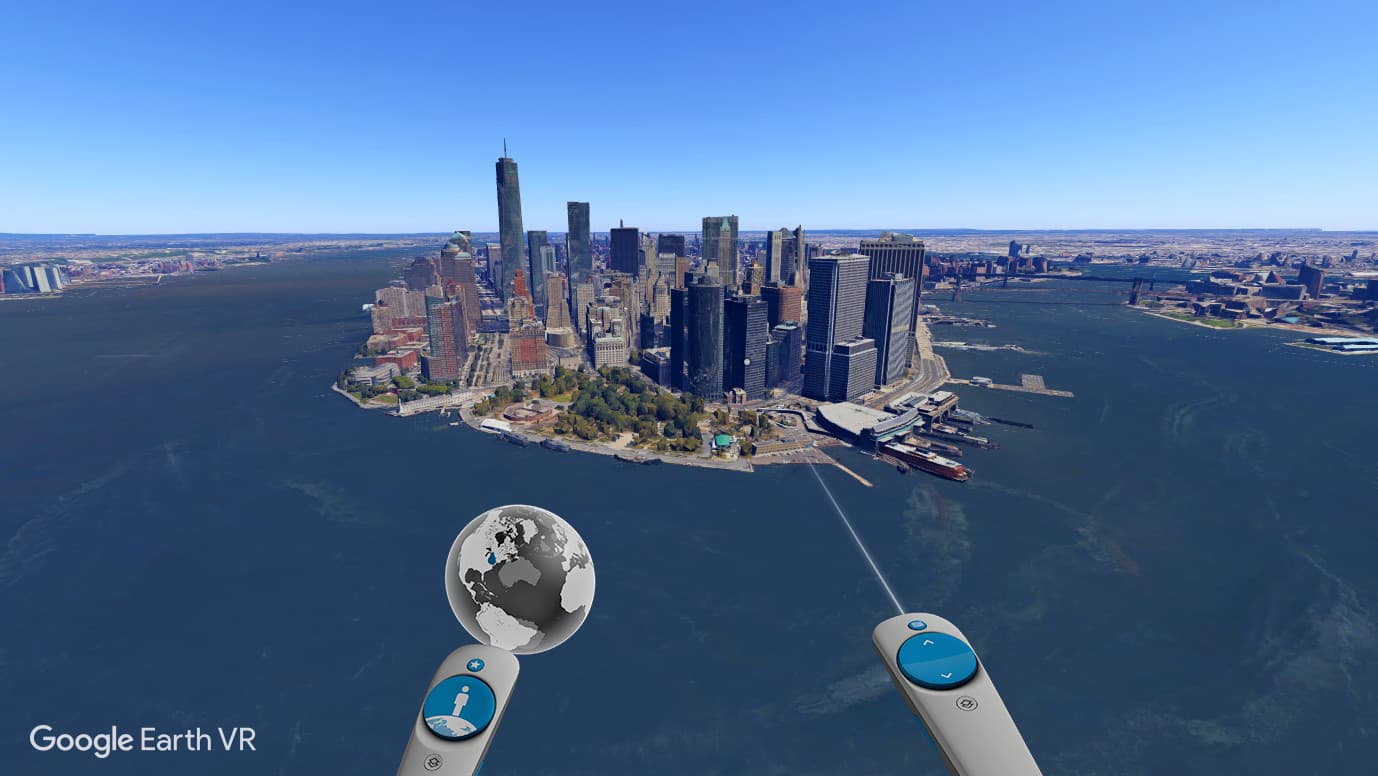

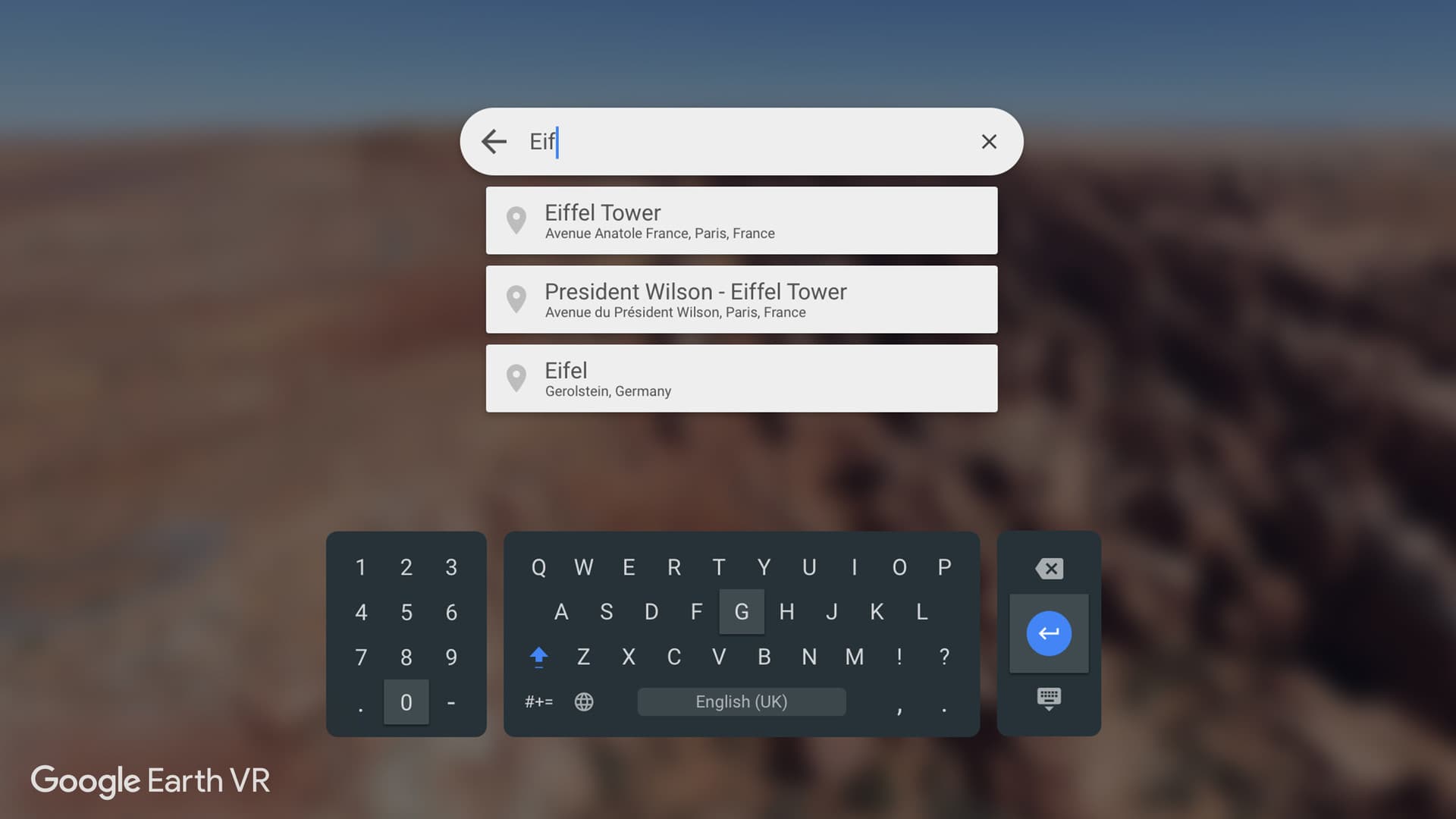


Comments